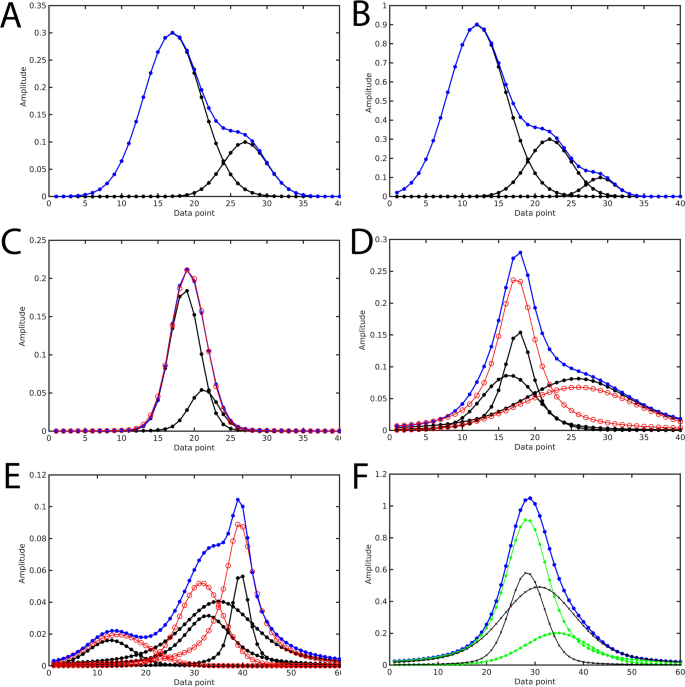
Despite not being quite as sensitive as MS-based metabolomics (Grison et al. Now samples as small as 50 µL are being handled and nanomolar concentrations are now detectable. 2010) have significantly improved the sensitivity of NMR for metabolomics applications. 2015 Grimes and O’Connell 2011) and dynamic nuclear polarization (Emwas et al. 2002), microprobe design advances (Miao et al. 2013), cryogenically cooled probe technology (Keun et al. Continuing improvements in NMR technology, such as increased magnet field strength (> 1 GHz) (Cousin et al. Even today there are more than 600 papers published each year that describe the use of NMR in metabolomics studies. Indeed, the very first metabolomics papers were based on NMR spectral analysis of biofluids, such as urine (Serkova et al. NMR has played an important role in the development and the continuing advances in metabolomics over the past two decades. We also provide a set of recommendations for best practices regarding spectral and data processing for NMR-based metabolomic studies of biofluids, with a particular focus on urine. These include: chemical shift referencing, phase and baseline correction, spectral alignment, spectral binning, scaling and normalization. In this review we highlight the significance, advantages and disadvantages of different NMR spectral processing steps that are common to most NMR-based metabolomic studies of urine. Therefore, proper processing of NMR data is a critical step to correctly extract useful information in any NMR-based metabolomic study. As a result, a number of data processing techniques such as scaling, transformation and normalization are often required to address these issues.
+to+enter+Assignment+mode..jpg)
For instance, signals originating from the most abundant metabolites may prove to be the least biologically relevant while signals arising from the least abundant metabolites may prove to be the most important but hardest to accurately and precisely measure.

Furthermore, because NMR permits the measurement of concentrations spanning up to five orders of magnitude, several problems can arise with data analysis. If the NMR spectra are mis-phased or if the baseline correction is flawed, the estimated concentrations of many compounds will be systematically biased.

For instance, if the NMR spectra are incorrectly referenced or inconsistently aligned, the identification of many compounds will be incorrect. However, the quality and utility of these insights can be profoundly affected by how the NMR spectra are processed and interpreted. 1H NMR spectra from urine can yield information-rich data sets that offer important insights into many biological and biochemical phenomena.


 0 kommentar(er)
0 kommentar(er)
